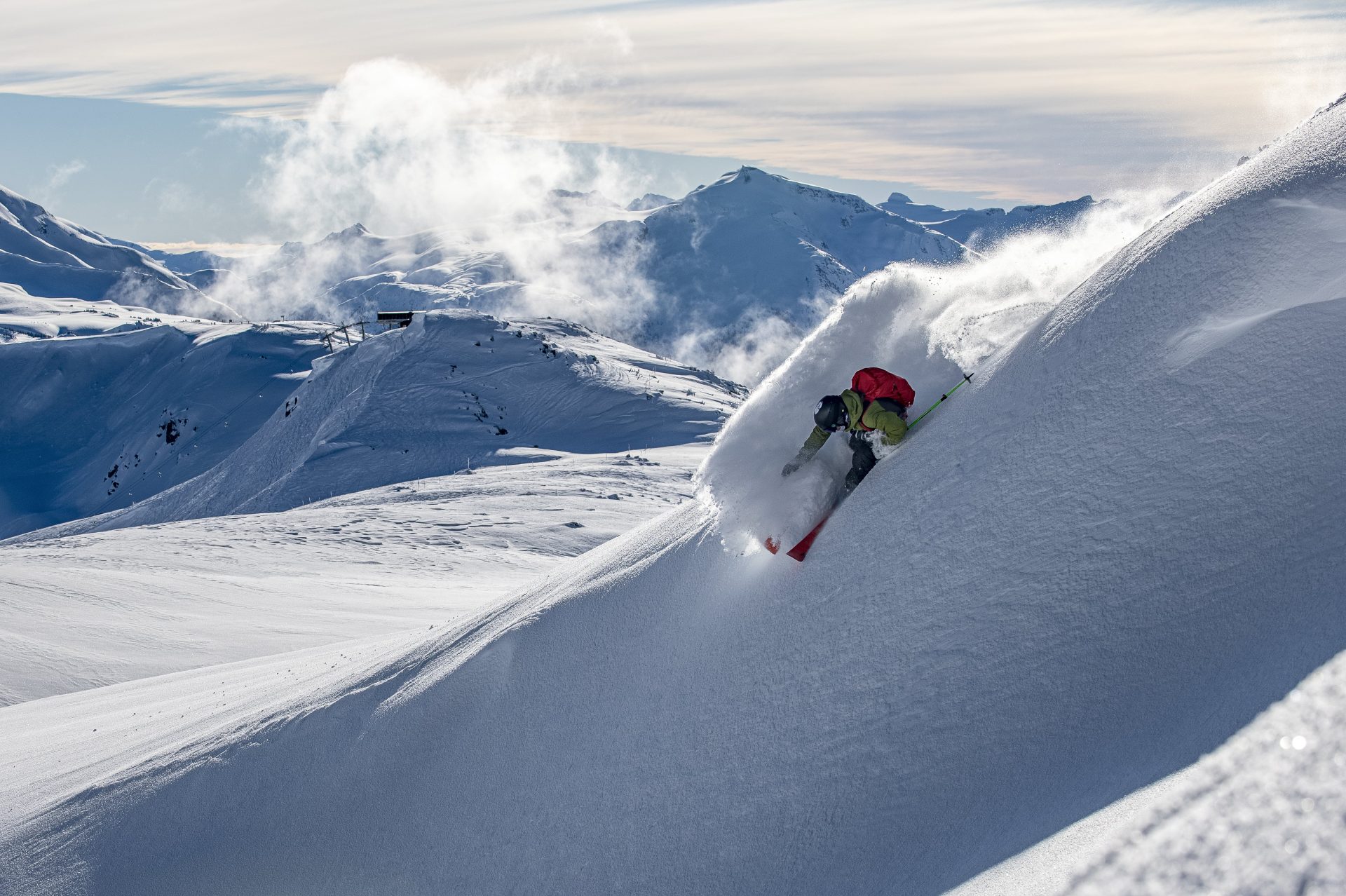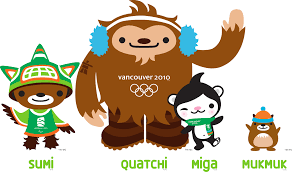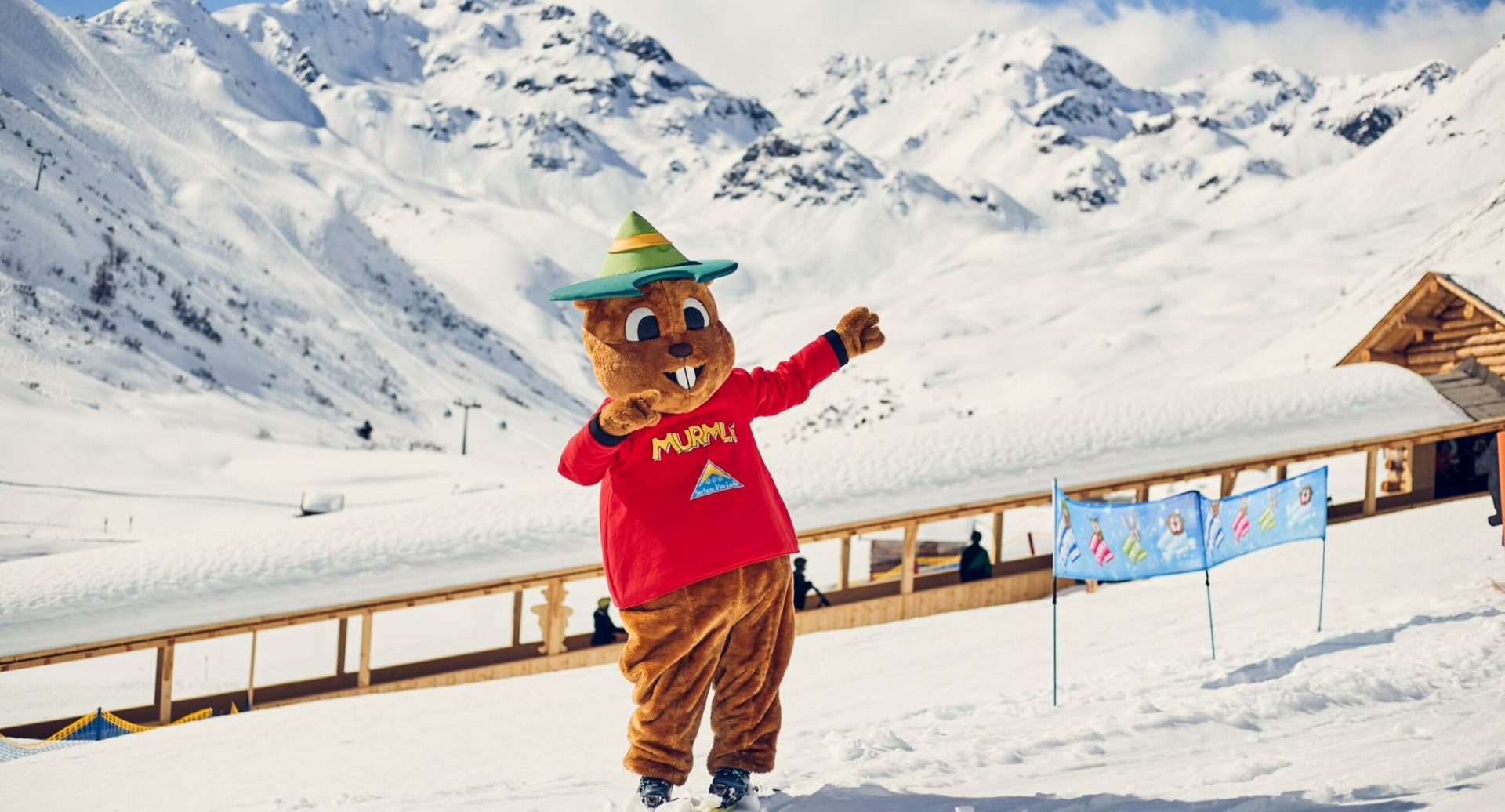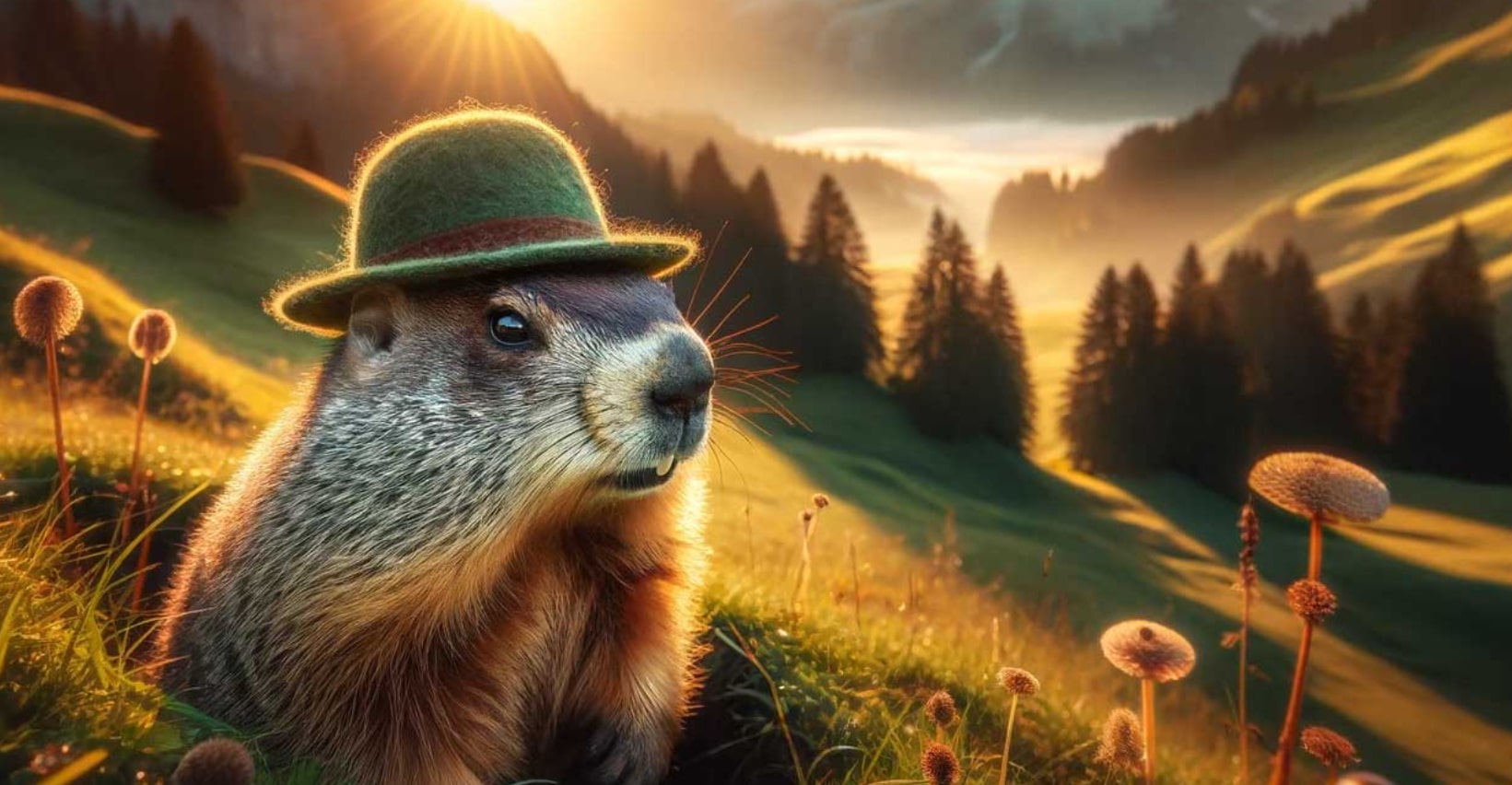
Whistler Mountain was known by the Lil’wat Nation as Cwítima or Kacwítima and Sk̲wik̲w by the Squamish Nation. In 1932, the mountain was named London Mountain because the thick fog surrounding the area reminded the first British settlers of London’s infamous pea soup fog. However, as more and more European settlers flocked to Canada, the name Whistler started to take hold, dubbed after the hoary marmot, which populates the mountain. Marmots emit a whistling sound to warn each other of danger. If you have heard it while hiking in summer, you may be forgiven for thinking a human is playing a prank on you.

While the name Whistler first appeared in the 1920s, the mountain was not officially renamed Whistler Mountain until 1965, when the Garibaldi Olympic Development Association had started developing a state-of-the-art resort at the mountain in the hope of winning the 1968 Olympic bid. While the original bid failed, the idea for a world-class resort lived on, and in 1966, Garibaldi Lift Company opened a ski area with a gondola, chair lifts and two t-bars on the west side of Whistler Mountain. The Olympic dream also lived on in Whistler but it took until 2010 to bring the Winter Games to the Canadian resort. One of the four mascots of the games was naturally a marmot, named MukMuk. When Intrawest purchased Whistler in 1997 and merged it with its resort Blackcomb in 2003, it renamed the resort Whistler Blackcomb, as the Whistler name was simply too iconic to change.

While it may sound like someone is wolf-whistling, it is this little rodent making this shrill sound to alert the herd to your presence. Despite sounding like a whistle, it is technically a laryngeal cry emitted with an mouth open while the marmot stands on its hind legs. The cry signals the other members to retreat into their burrows. Marmots are ground-dwelling squirrels that hibernate in winter. They can be found on every inhabited continent except Australia, and there are 15 known species, from the Alpine marmot, to the Himalayan marmot, to the hoary marmot in Canada.

Whistler is not alone in honoring the marmot; there is of course Marmot Basin in the Canadian Rockies, an Italian peak named La Marmotta (The Marmot), and several ski resorts have marmots for mascots or on logos, flyers, and ski medals. The little, shy ‘whistle-pig’ is certainly well loved across European and American resorts, but not many have taken their affinity for the marmot as far as Whistler Blackcomb Resort, where the name for the mountain, which was inspired by the hoary marmot, spread across the entire resort and village.
